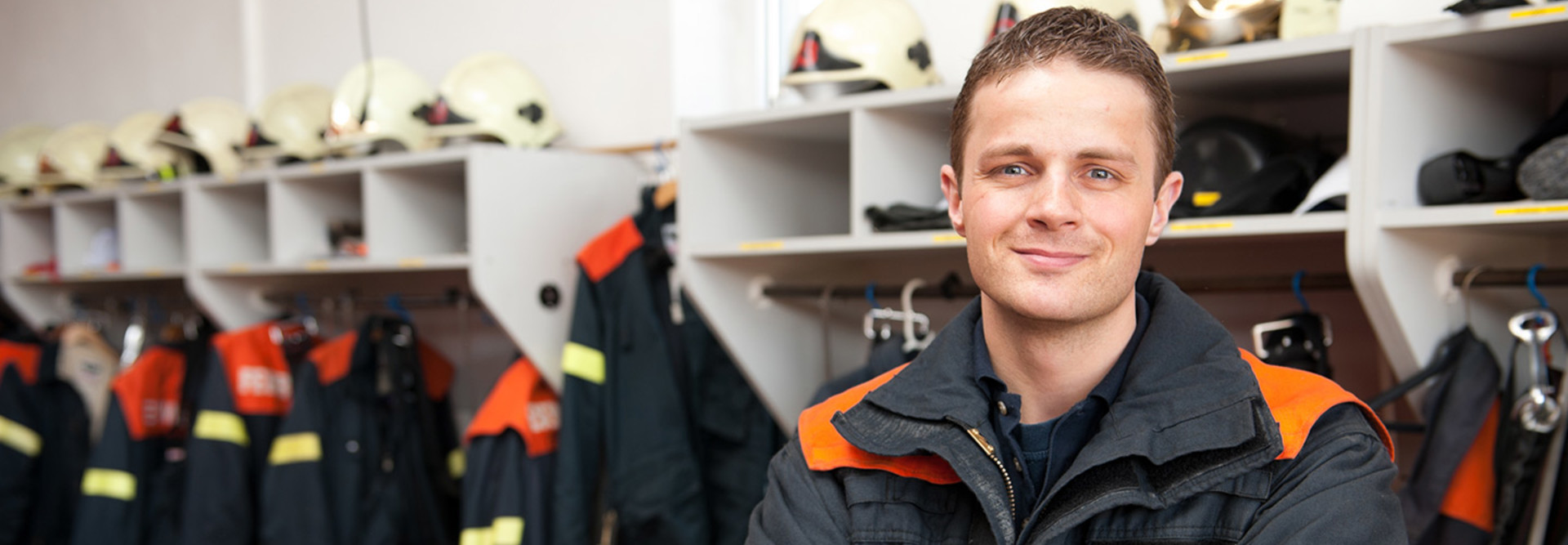Fire Fighting Technology Advances Meet Augmented Reality
As one of the professions that many children aspire to from an early age, firefighting is one of those jobs that seems so straightforward that most people don’t consider the complexities associated with it. After all, have fire, use hose, right?
But technology is making firefighting more nuanced, safer and interesting.
Here’s a look at some of the ways technology is changing firefighting.
Cloud Computing to the Rescue
With the rise of the Internet of Things (IoT), we’re putting sensors on everything — parking spaces, waste receptacles, even swimming pools. Sensors can track and transmit data back to fire departments and provide them with a visibility that they never had access to before.
Microsoft’s Azure Cloud platform is a powerful analysis tool for splicing and making sense of this data, according to Kirk Arthur, director of worldwide public safety & justice at Microsoft.
“Today’s advanced technology—including sensors, video cameras, drones, and mobile devices—can help keep firefighters safe on the job, while enabling them to perform their work more effectively,” he wrote in a recent Microsoft blog post. “And by storing and analyzing all of their data on the Microsoft Azure cloud computing platform, fire departments can securely and cost-effectively scale up and down to obtain the information they need before, during, and after the fire.”
A Smart Firefighter Mask
Given that we’ve built a “smart” version of nearly everything, it makes sense that the masks firefighters wear when they walk into burning buildings would also get a tech upgrade.
Scott Safety, a firefighting equipment manufacturer and a subsidiary of Tyco, recently unveiled a firefighter mask with thermal imaging built into it. Prior to this advancement, firefighters relied on hand-held devices, according to online journal The Science Explorer.
Since the 1990s, firefighters have been using hand-held thermal imaging cameras to help them navigate through the thick smoke often encountered during fires. As technology advanced, the size of thermal cameras has decreased dramatically, opening up new possibilities for the technology. Scott Safety has capitalized on the smaller space requirements and integrated the technology into their innovative design for a firefighting mask.
With thermal imaging built into masks, the possibilities for augmented and virtual reality applications in-mask seem endless as well.
Drones on the Front Lines of Firefighting
In parts of the United States, particularly in the West Coast, fighting wildfires is a regular and hazardous part of a firefighter’s job. But drones could help minimize the risks firefighters have to take in fighting wildfires.
The Associated Press highlighted progress that researchers in Nebraska have made in turning drones into firefighters. No, the drones aren’t carrying gigantic buckets of water and dumping them in the forest; they’re actually strategically starting small grass fires to prevent the larger wildfires that cost states so much money and resources to combat. A team from the University of Nebraska-Lincoln put a “firefighting” drone on a test run last week.
The balls are filled with a chemical powder, potassium permanganate, before they're loaded into the drone. During flight, the aircraft pierces the ball with a needle and injects it with another chemical, glycol, before releasing it. The mixture ignites one to two minutes later. The technology is already used by helicopters to start controlled burns, but researchers note that the drone is cheaper and more portable.
Researchers hope the technology eventually could be used to set controlled fires in hard-to-reach places that would clear out brush and small trees and make it more difficult for wildfires to sweep through an area.
While some might fear that drones will replace firefighters, they actually might substitute the beloved Dalmatians that ride shotgun in the big red trucks. Maybe fire departments can put a collar and spots on their drones for symbolism and nostalgia?









